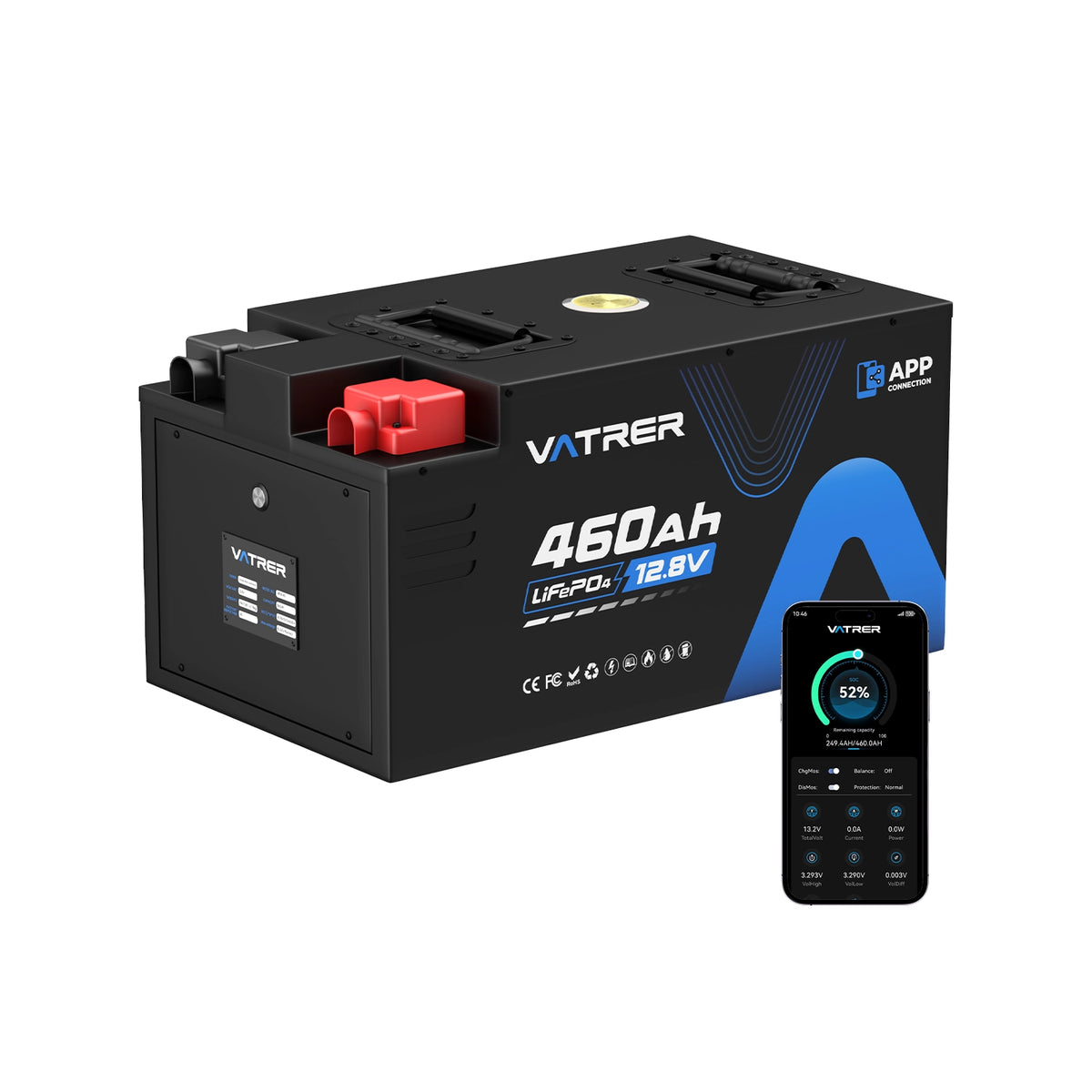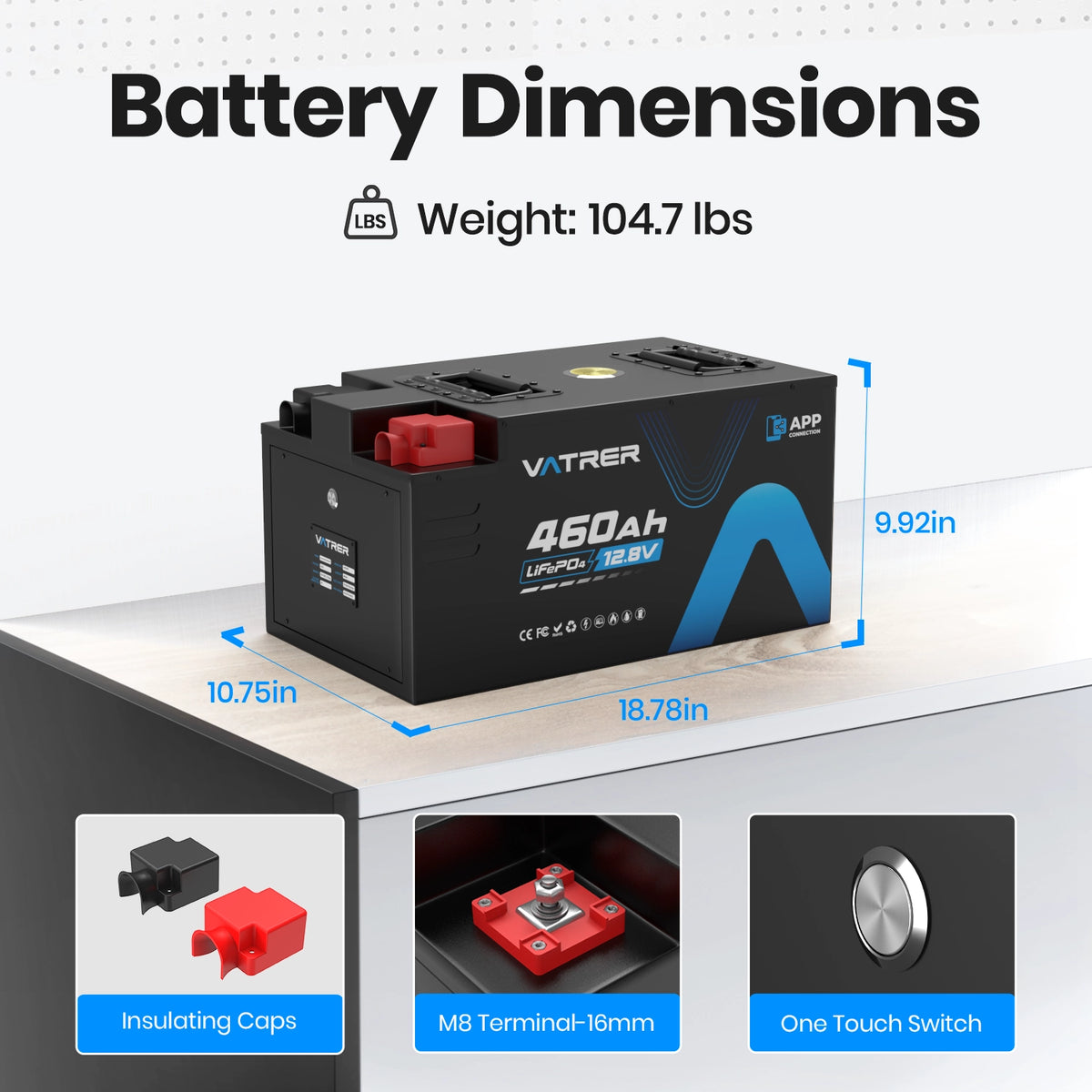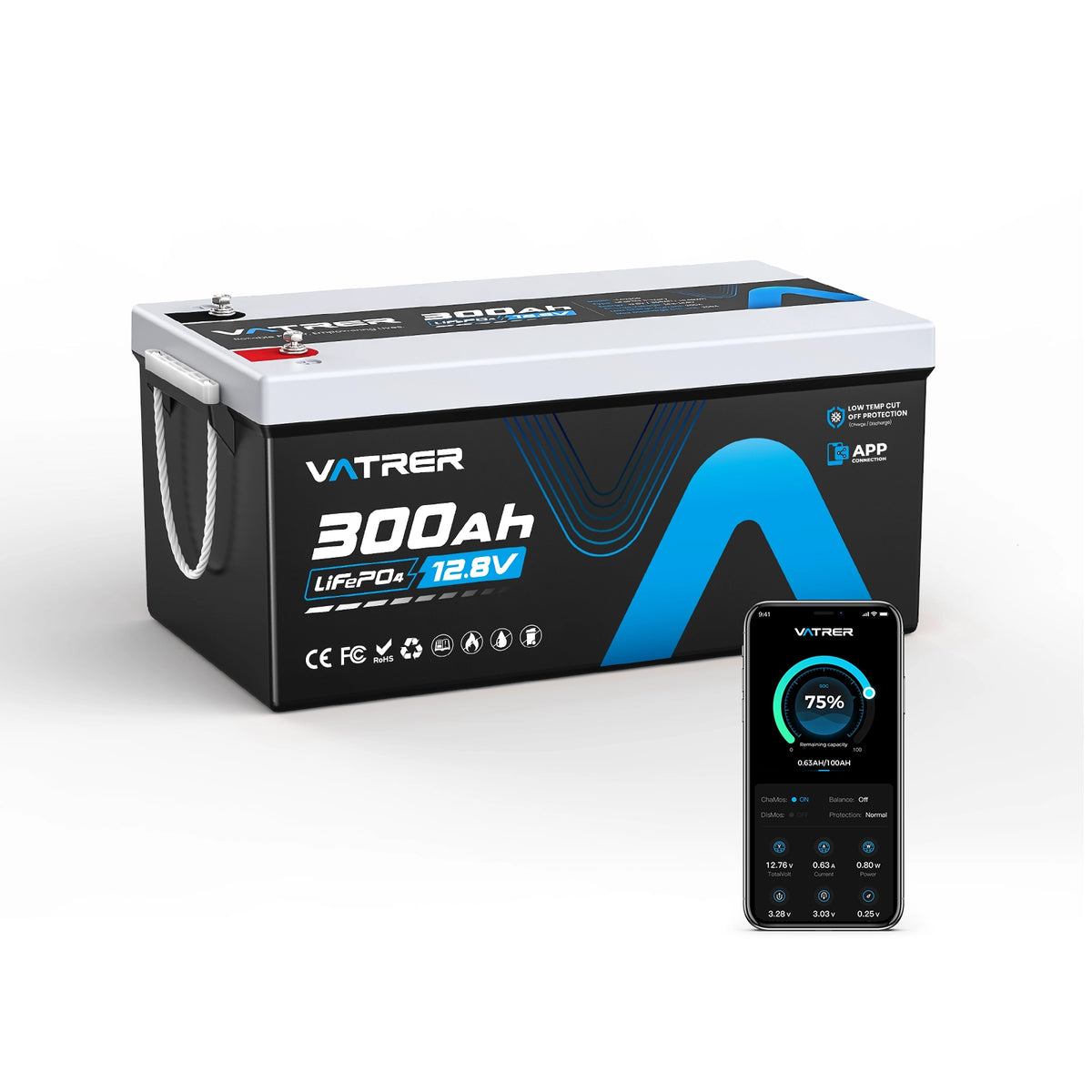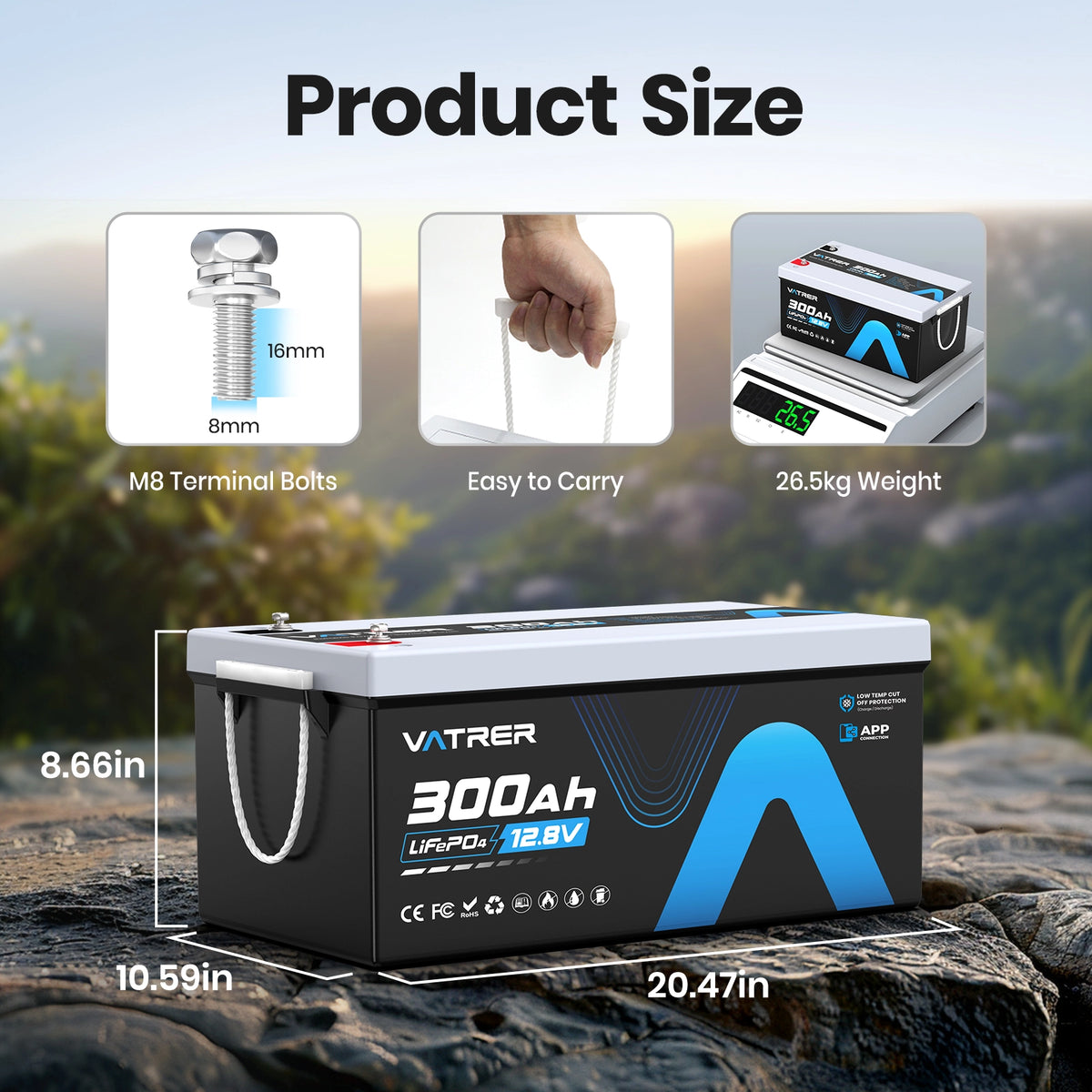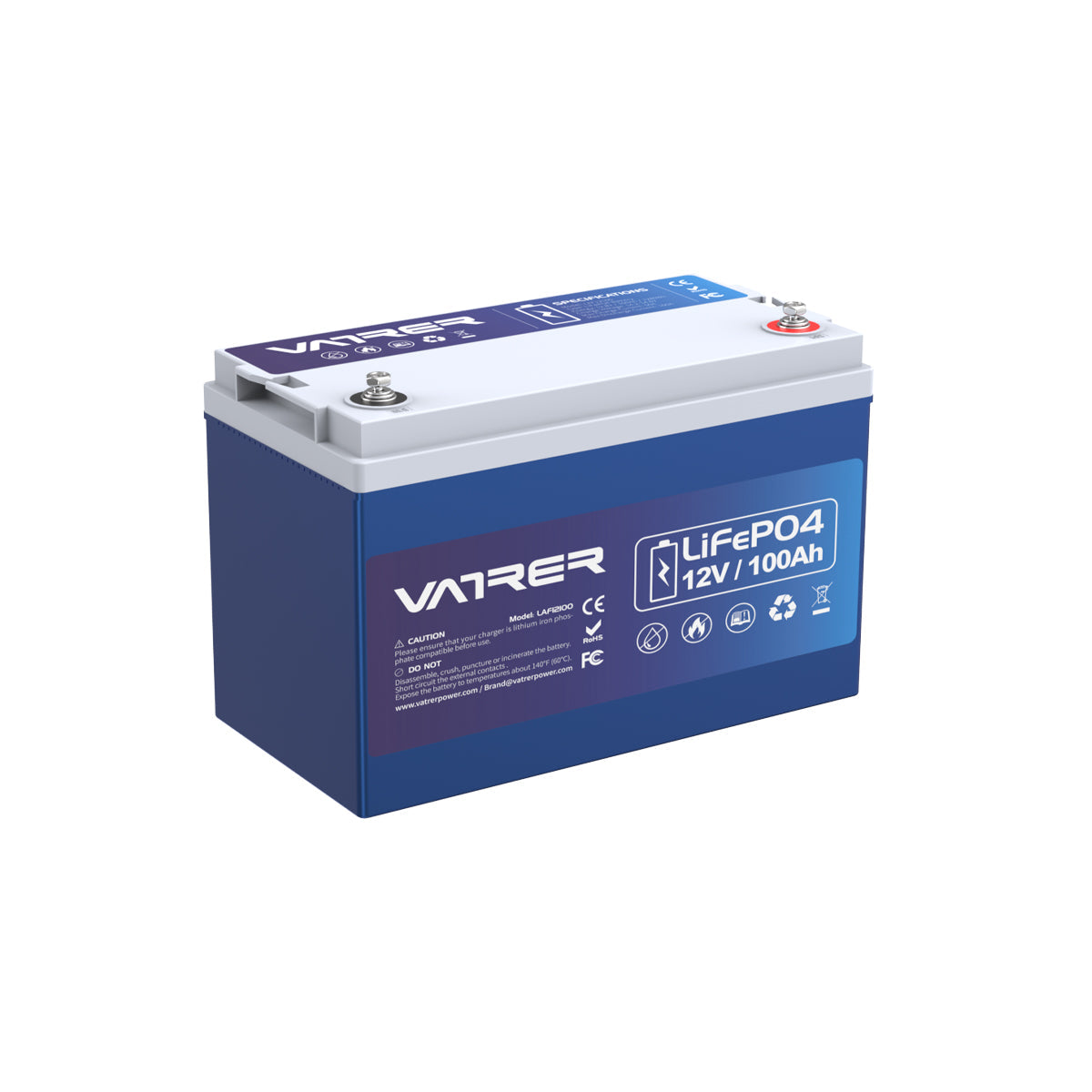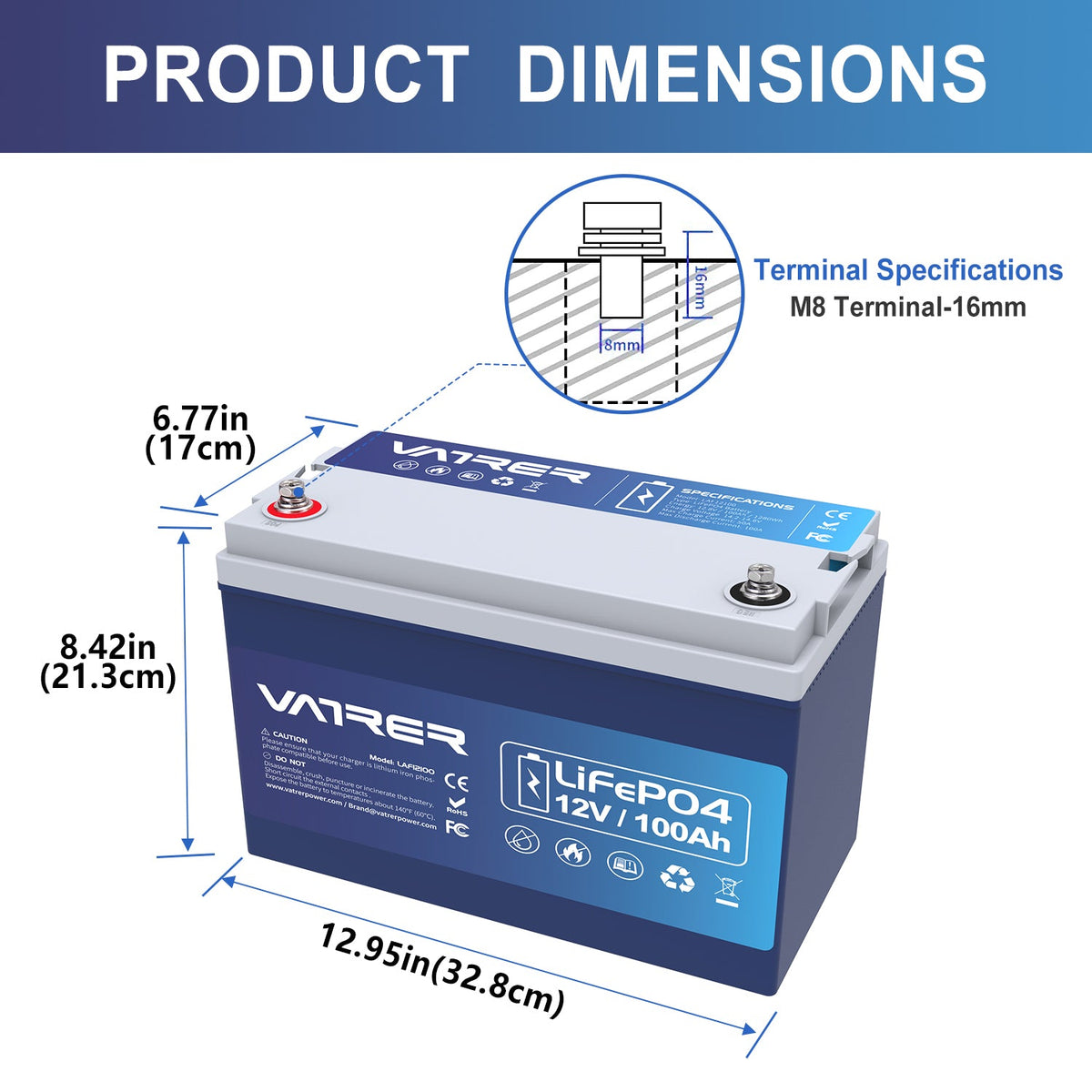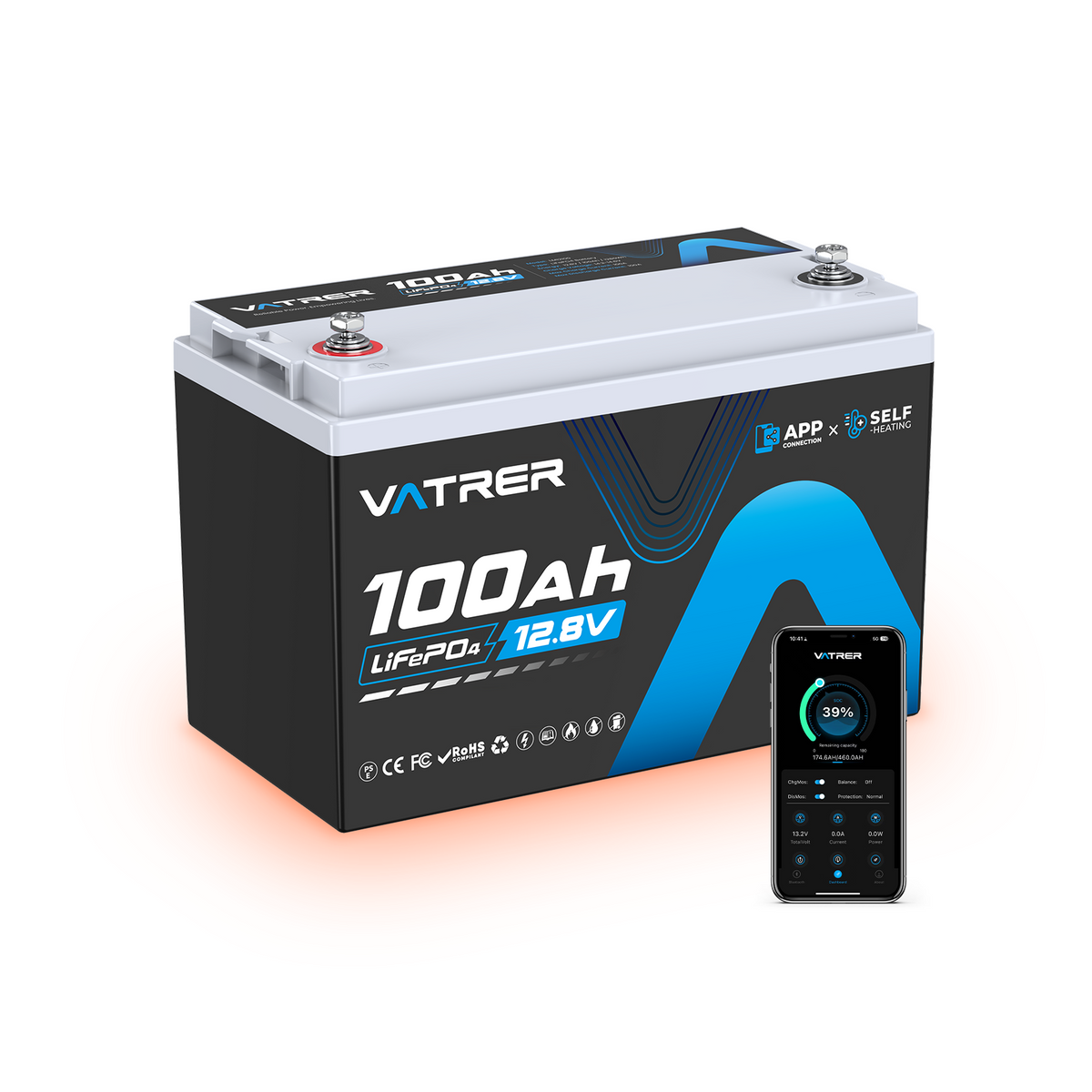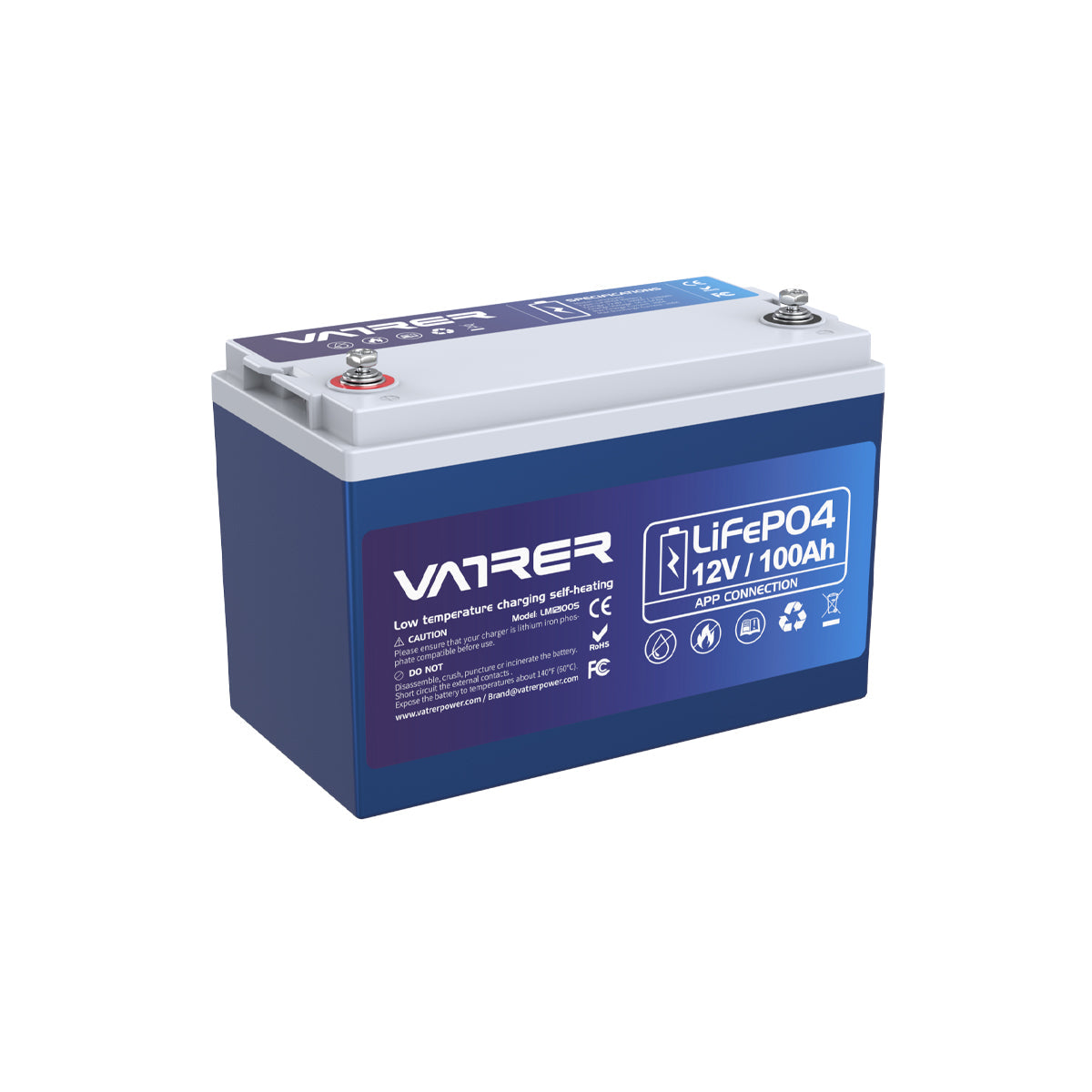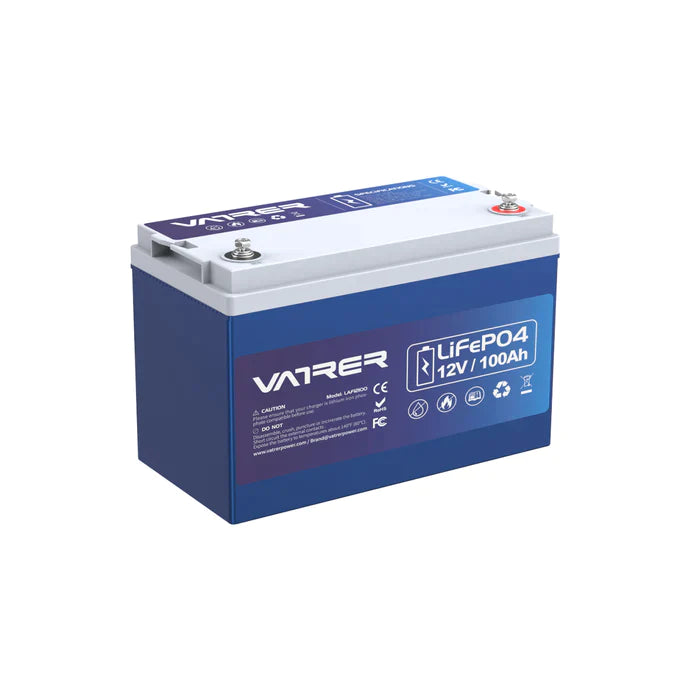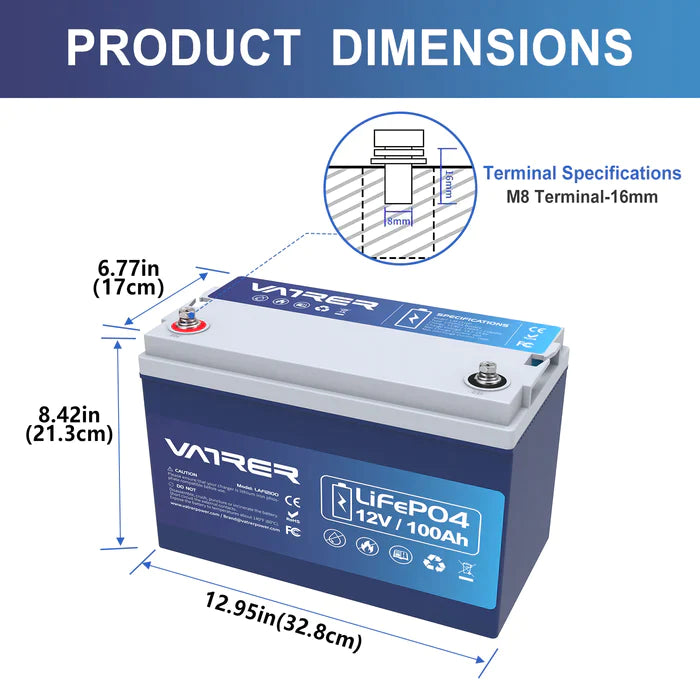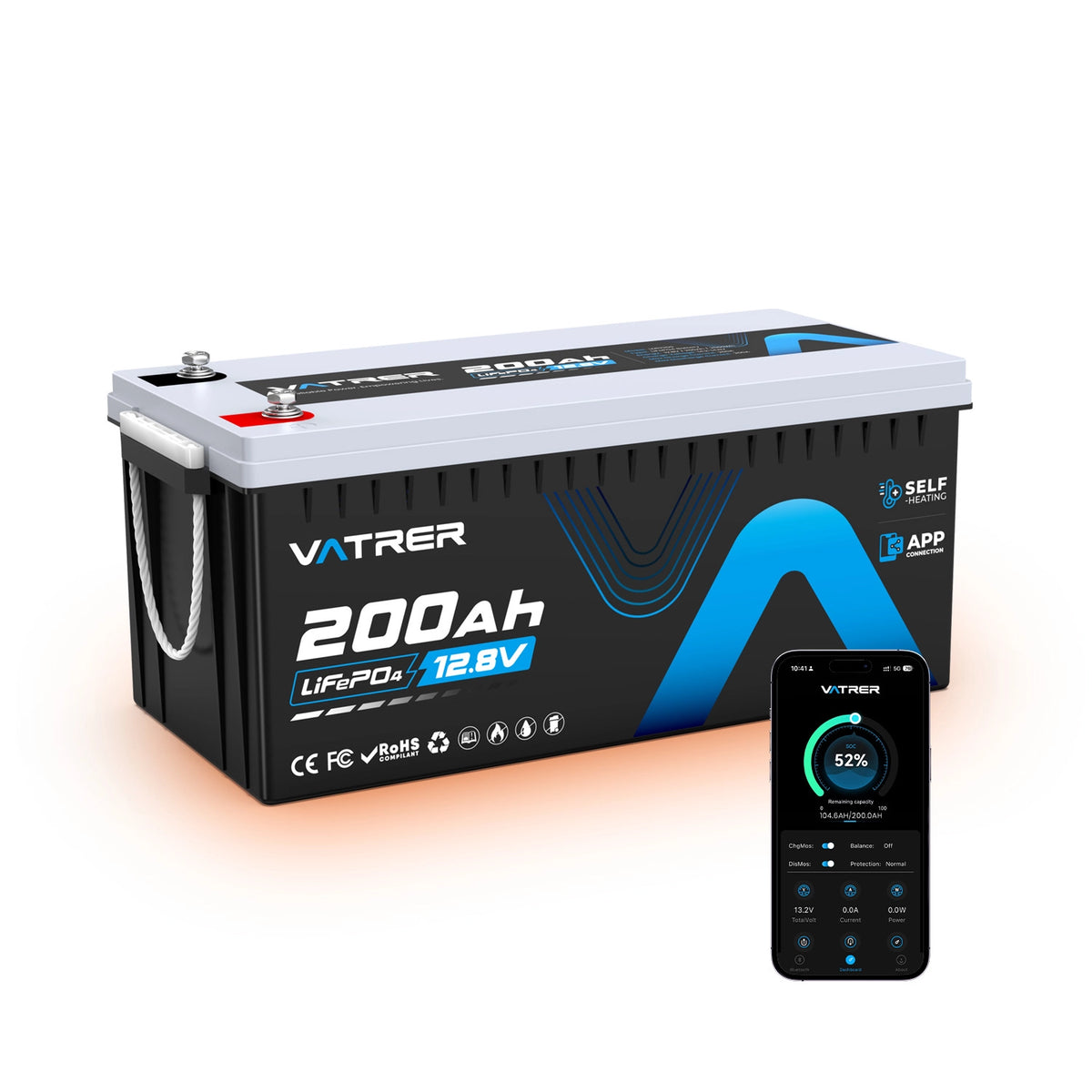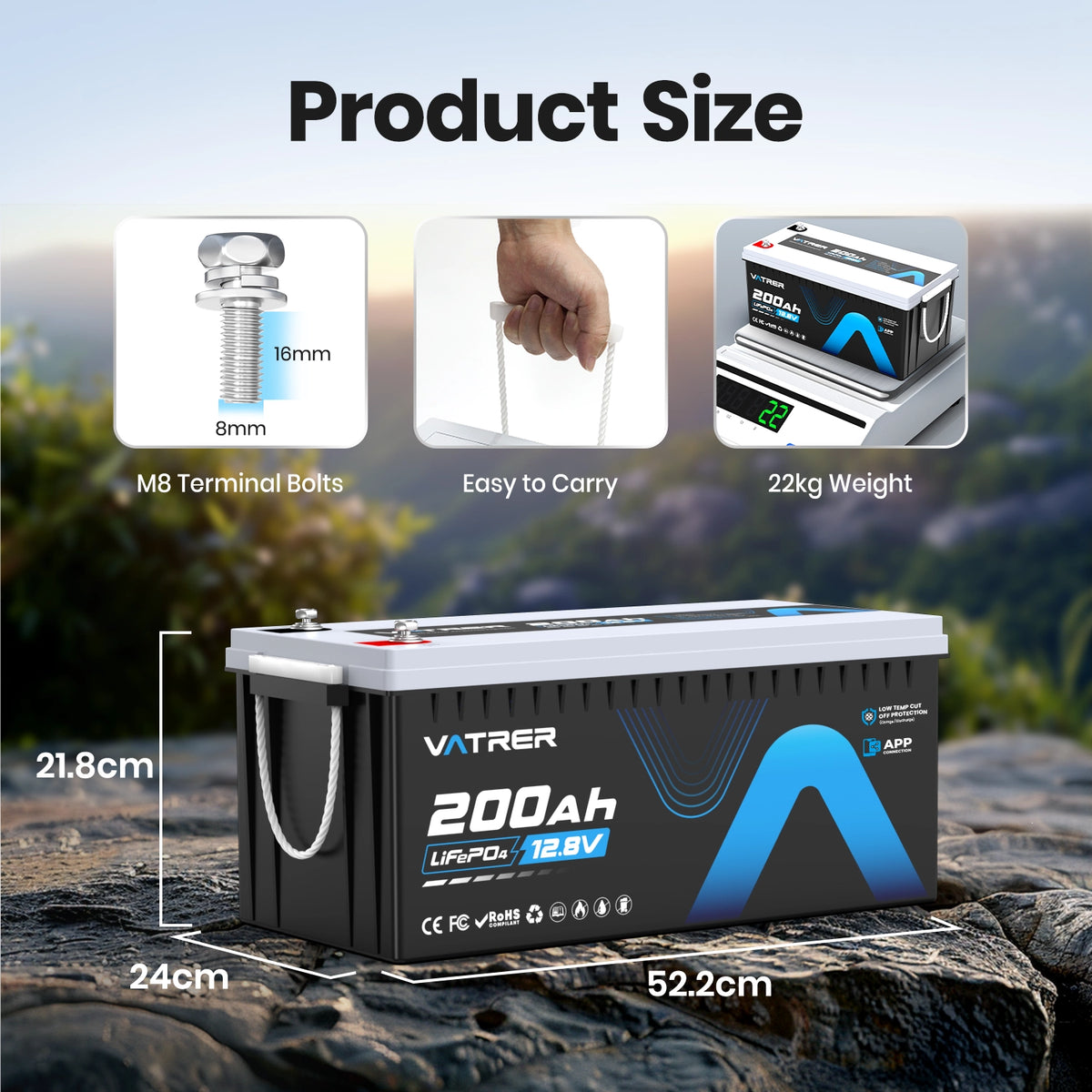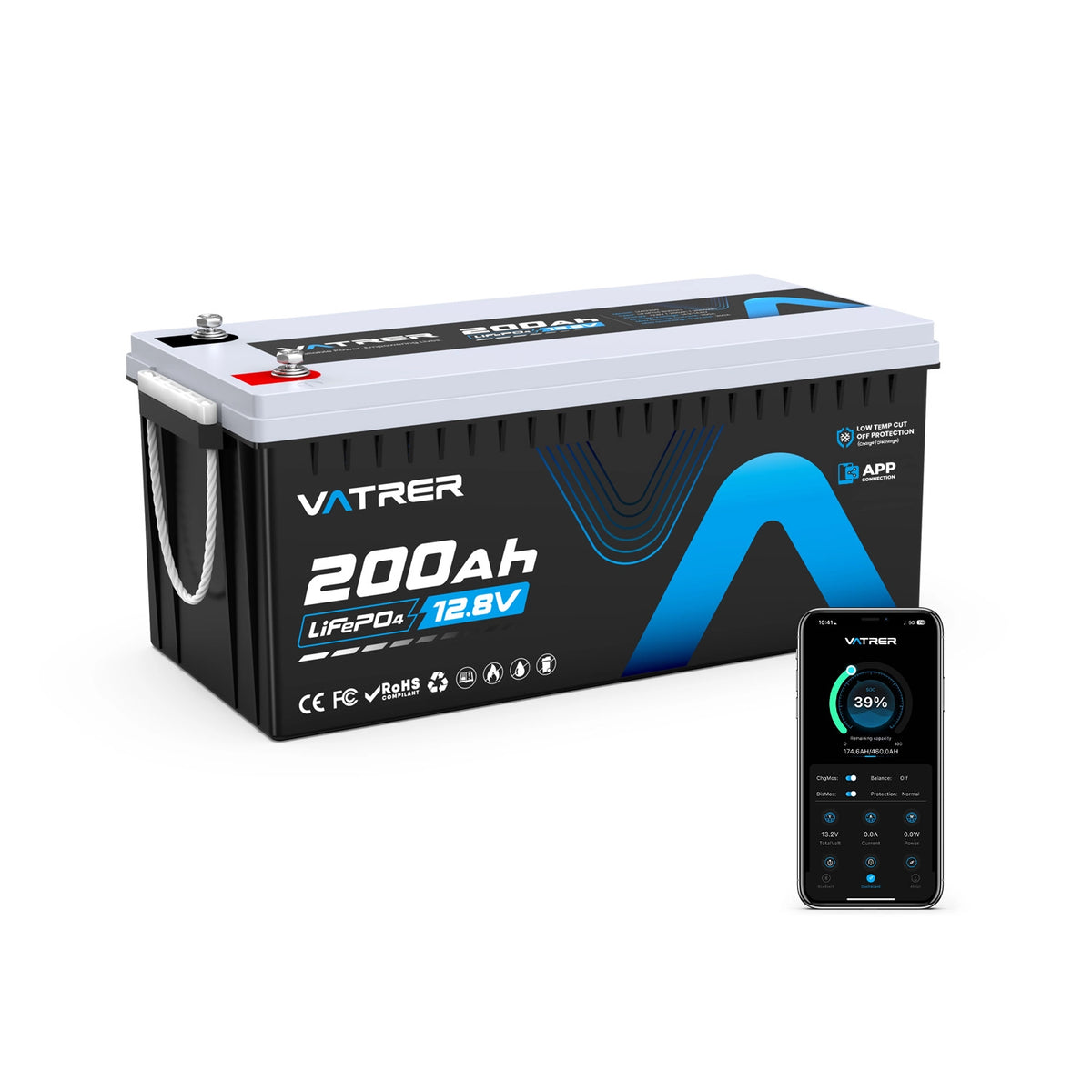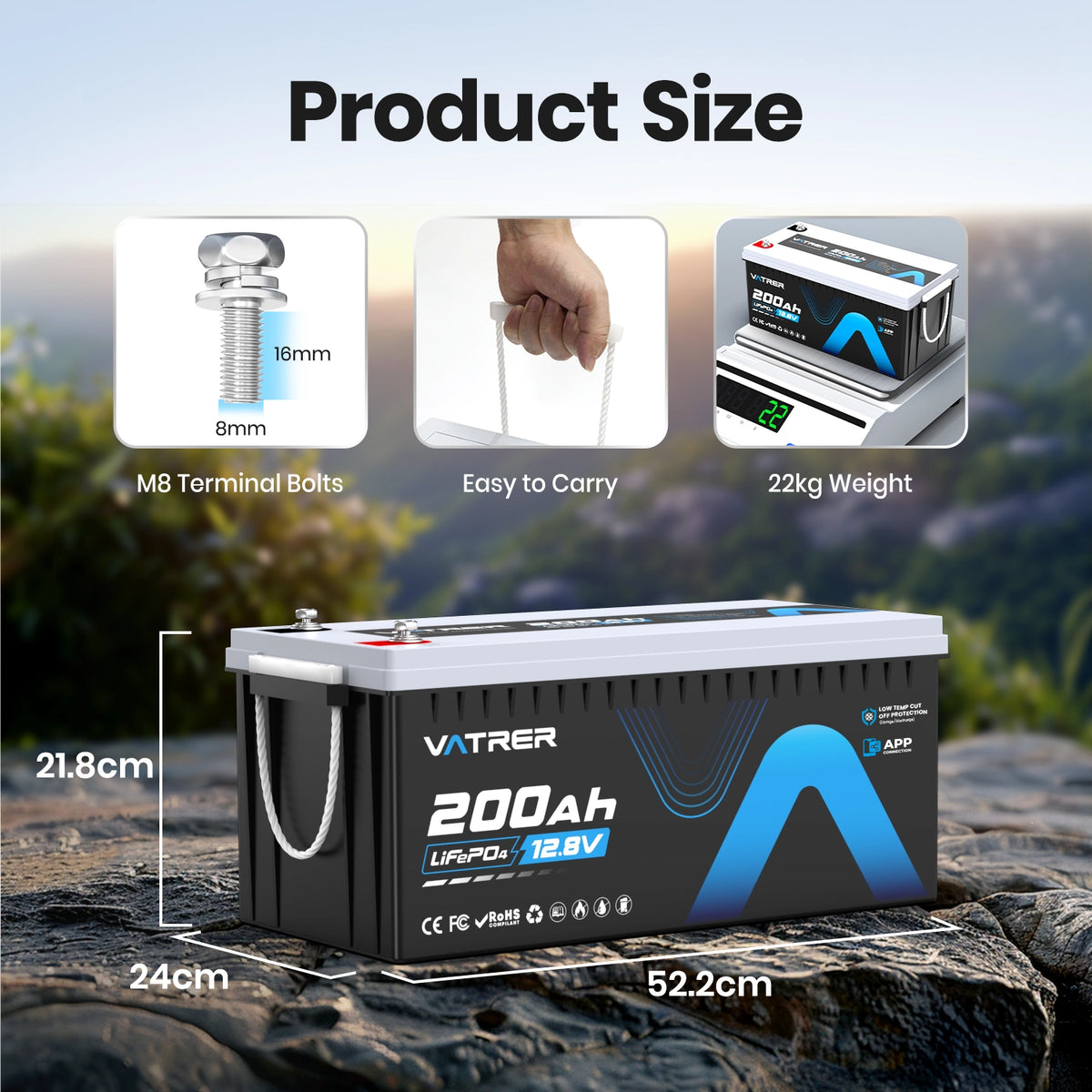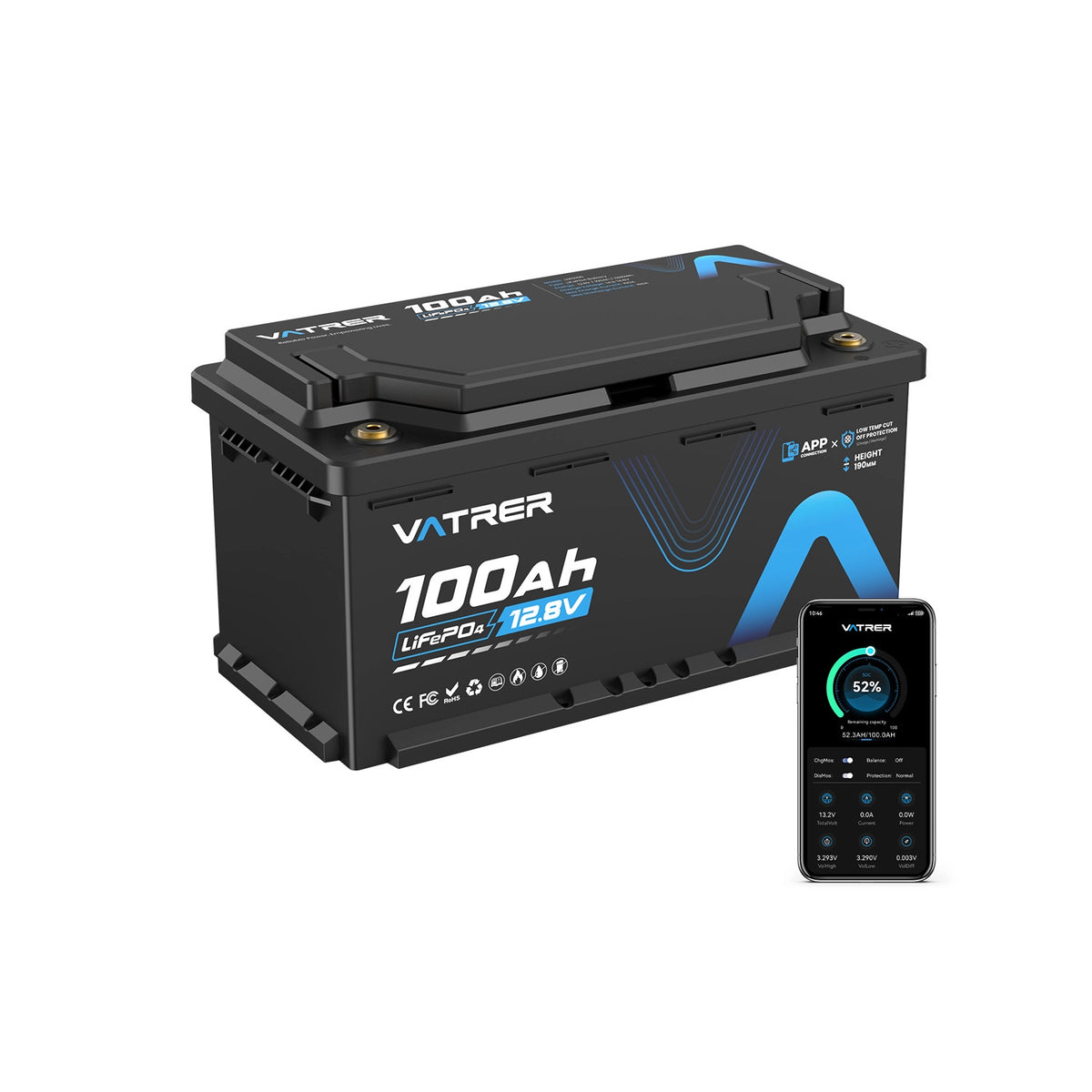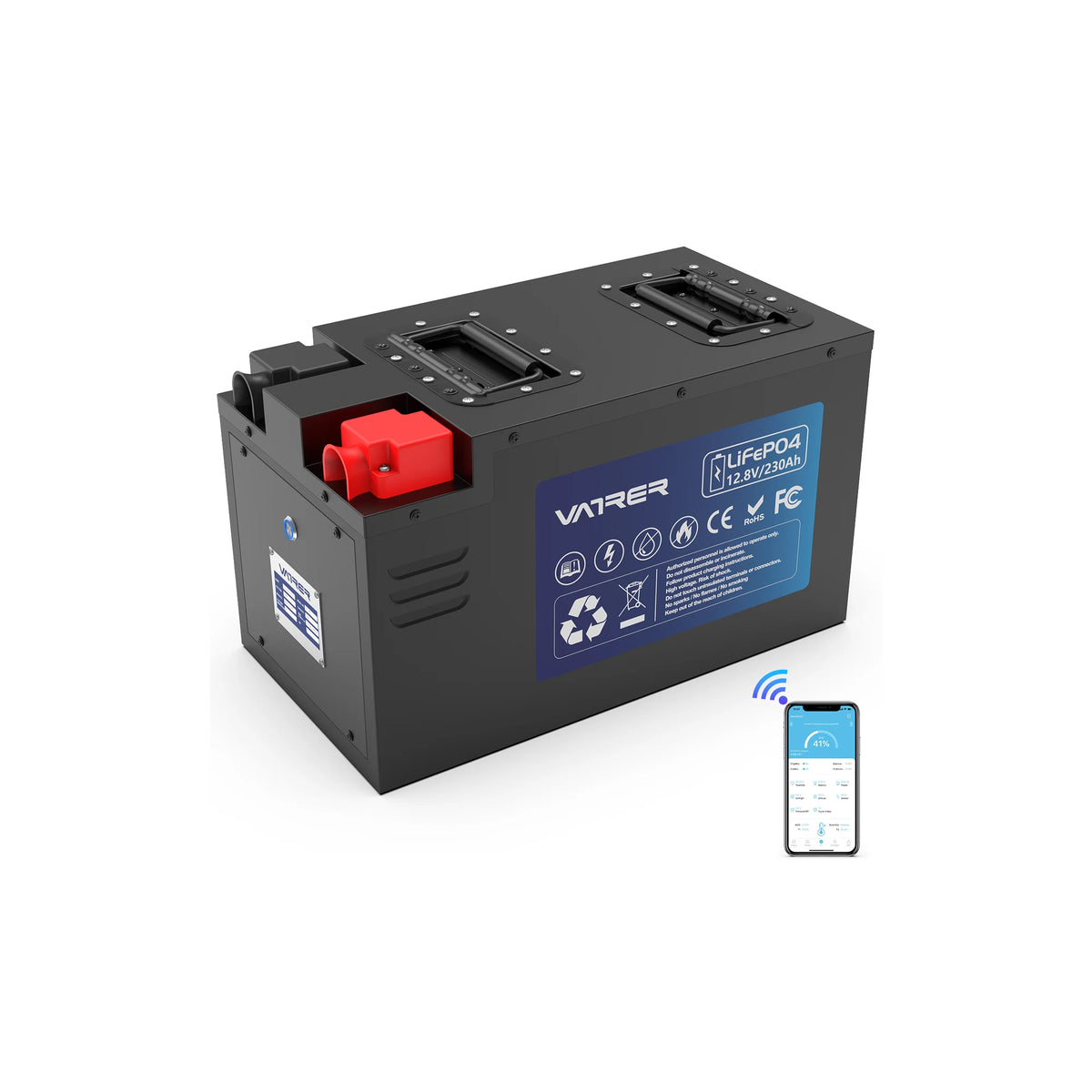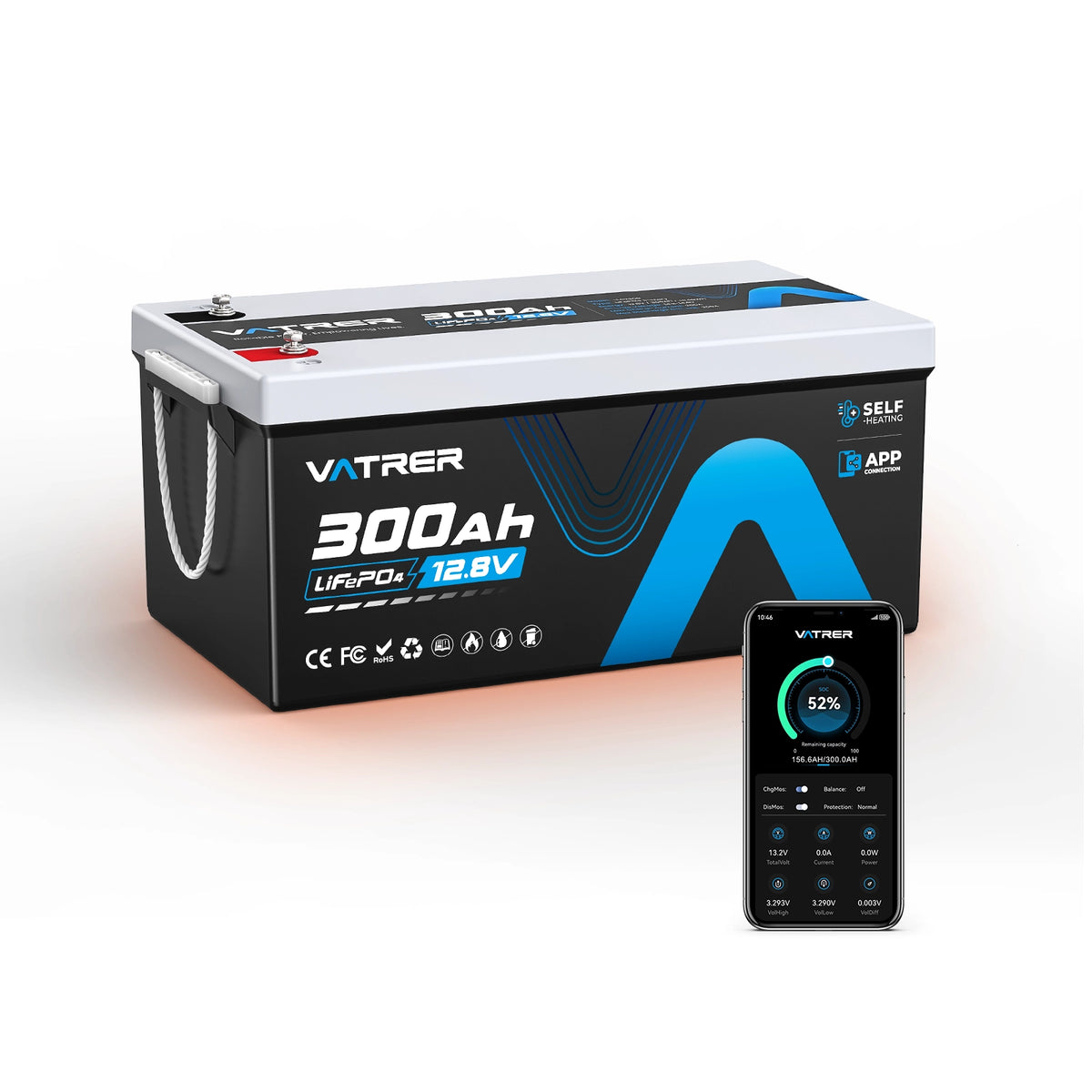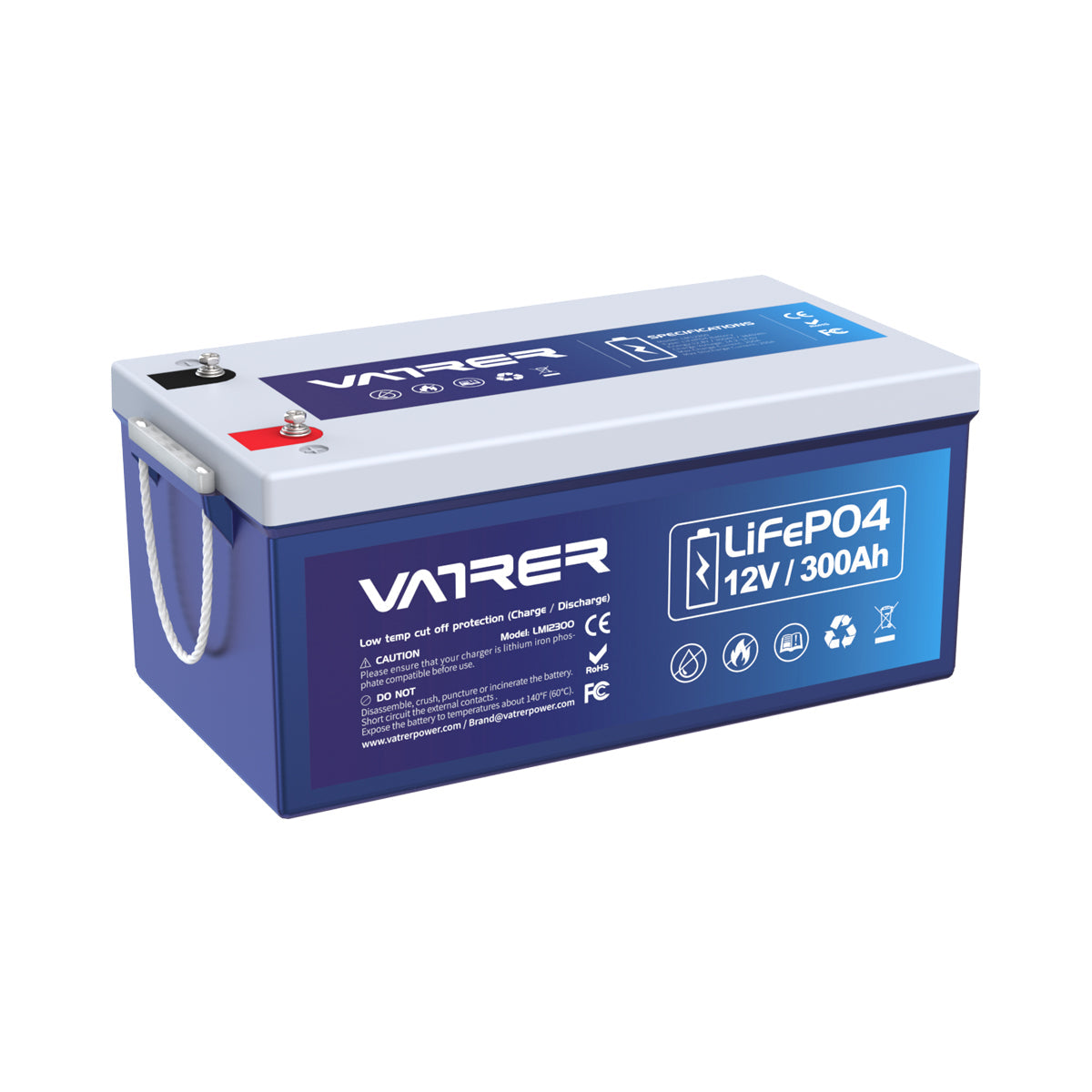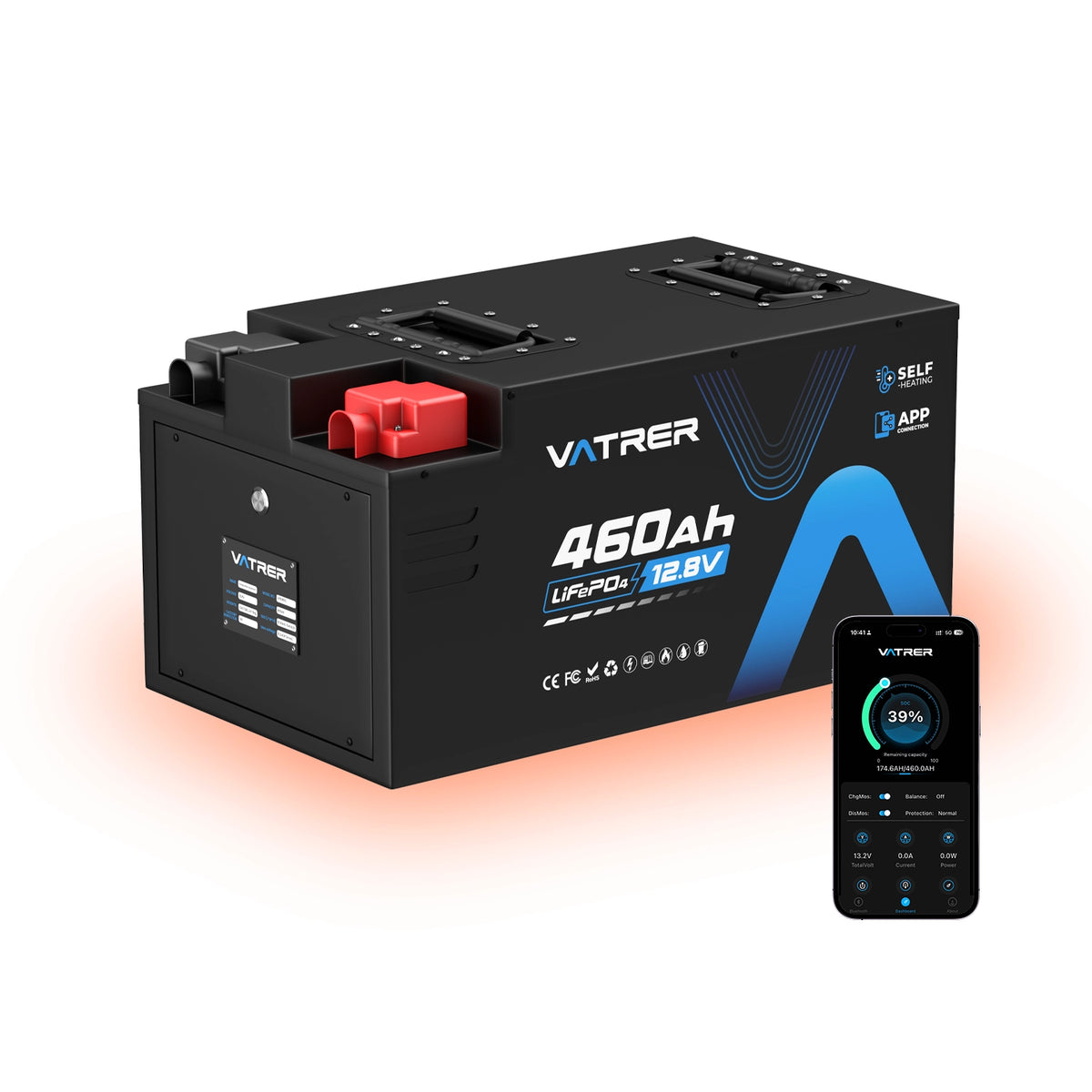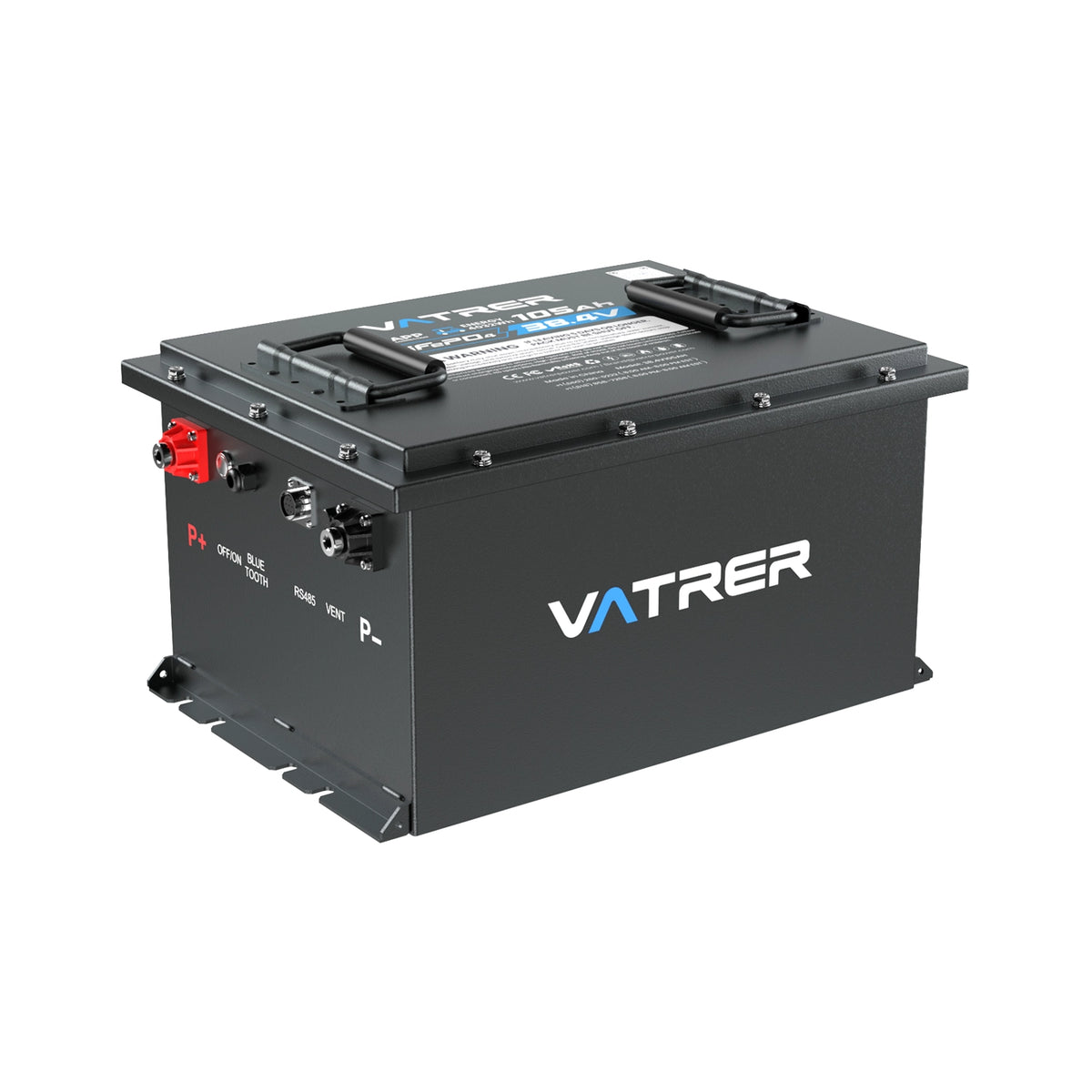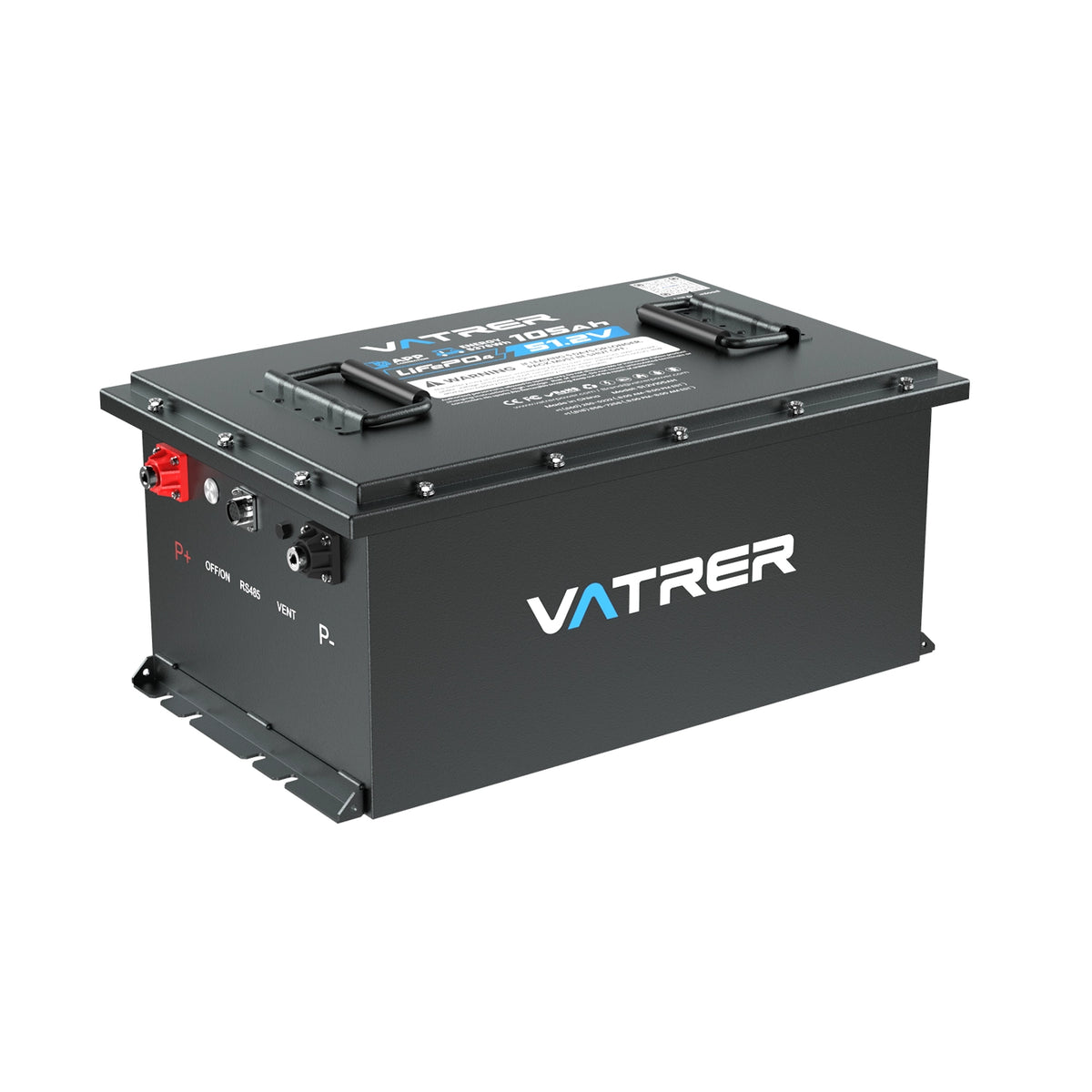1. Introduction
Overview of Livescope Technology
Garmin's Livescope technology has revolutionized the fishing industry by providing real-time sonar imaging that allows anglers to see fish and structures beneath the water with unprecedented clarity. This forward-facing sonar system is a game-changer for both professional and recreational fishermen, offering a detailed view of the underwater environment. However, to fully leverage the capabilities of Livescope, a reliable power source is essential. This is where the choice of battery becomes crucial.

Importance of Choosing the Right Battery
The performance of your Livescope system is heavily dependent on the battery you choose. A suitable battery ensures that the system runs efficiently for extended periods, allowing you to focus on fishing rather than worrying about power outages. The right battery not only supports the device's power needs but also enhances portability and convenience. Therefore, understanding the various battery options and their specifications is vital for any Livescope user.
2. Understanding Lithium Batteries
Types of Lithium Batteries
Lithium batteries are known for their high energy density, long lifespan, and lightweight nature. The most common types used in marine electronics include Lithium Iron Phosphate (LiFePO4) and Lithium-ion (Li-ion) batteries. LiFePO4 batteries are particularly popular for Livescope due to their stability, safety, and ability to deliver consistent power over time.
Advantages Over Other Battery Types
Compared to traditional lead-acid batteries, lithium batteries offer several advantages:
-
Longer Lifespan: Lithium batteries can last up to 10 times longer than lead-acid batteries, making them a cost-effective choice in the long run.
-
Lightweight: They are significantly lighter, which is crucial for maintaining the portability of your fishing setup.
-
Higher Efficiency: Lithium batteries provide a more stable voltage output, ensuring consistent performance of the Livescope system.
-
Faster Charging: They can be charged more quickly, reducing downtime between fishing trips.
3. Key Considerations for Livescope Batteries
Voltage and Capacity Requirements
The Livescope system typically requires a 12V power source, but the capacity (measured in amp-hours, Ah) can vary based on usage. A 30Ah to 50Ah battery is generally sufficient for most fishing trips, providing several hours of operation. However, for extended outings, a higher capacity battery may be necessary.
Battery Life and Performance
Battery life is a critical factor, especially for anglers who spend long hours on the water. The performance of a battery is influenced by its discharge rate, temperature, and the power demands of the Livescope system. It's essential to choose a battery that can sustain high performance under varying conditions.
Weight and Portability
Since fishing often involves moving between locations, the weight and portability of the battery are important considerations. Lithium batteries are favored for their lightweight design, which makes them easy to transport and handle.
4. Top Lithium Battery Options for Livescope
Detailed Review of Popular Models
Vatrer Lithium
Vatrer Lithium batteries are renowned for their durability and performance. The Vatrer 50Ah model is a popular choice among Livescope users, offering a balance of capacity and portability. It features a robust design that can withstand harsh marine environments.

Pros:
-
Long lifespan with over 2,000~5,000 charge cycles.
-
Lightweight and easy to carry.
-
Excellent customer support and warranty.
Cons:
-
Higher initial cost compared to lead-acid batteries.
Norsk Lithium
Norsk Lithium offers a range of batteries specifically designed for Livescope systems. Their 14.8V Generation 3 batteries are engineered for optimal performance, providing consistent power output and extended run times.
Pros:
-
Advanced technology for enhanced efficiency.
-
Compact design with high energy density.
-
Fast charging capabilities.
Cons:
-
Limited availability in some regions.
Pros and Cons of Each Model
When choosing between models like Vatrer and Norsk, consider factors such as budget, availability, and specific power needs. Both brands offer reliable options, but the choice ultimately depends on individual preferences and fishing habits.
5. Installation and Maintenance Tips
Proper Installation Techniques
To ensure optimal performance, it's crucial to install the battery correctly. Follow these steps for a successful installation:
-
Secure Mounting: Use a battery box or strap to secure the battery in place, preventing movement during transit.
-
Correct Wiring: Ensure all connections are tight and corrosion-free. Use marine-grade cables for durability.
-
Ventilation: Provide adequate ventilation to prevent overheating, especially in enclosed spaces.
Maintenance Best Practices
Regular maintenance can extend the life of your lithium battery. Here are some tips:
-
Regular Charging: Avoid deep discharges by charging the battery after each use.
-
Temperature Management: Store the battery in a cool, dry place to prevent damage from extreme temperatures.
-
Periodic Checks: Inspect the battery for signs of wear or damage and clean terminals to maintain good conductivity.
6. Conclusion
Summary of Key Points
Choosing the right lithium battery for your Livescope system is essential for maximizing its performance and longevity. Lithium batteries, particularly LiFePO4, offer numerous advantages over traditional options, including longer lifespan, lightweight design, and higher efficiency. Key considerations include voltage and capacity requirements, battery life, and portability.
Final Recommendations
For most Livescope users, a 12V lithium battery with a capacity of 30Ah to 50Ah will suffice. Brands like Vatrer and Norsk provide reliable options tailored to the needs of anglers. By following proper installation and maintenance practices, you can ensure your battery delivers consistent power, allowing you to focus on what matters most—catching fish.







